Screentone in colored illustration with Clip Studio Paint
Hello everyone! This time I will show you how I use digital screentone with Clip Studio Paint to enhance my drawings. My tips are for colored screentones, although some methods can be applied for black-and-white tones as well.
1. Basic screentones
First you need to create a mask for your screentone. For example I want to fill this frame.
1 - Set as Reference layer the line art.
2 - Use the Auto select tool to select inside the frame.
3 - Create layer mask.
A mask is created. Click the mask to draw on it with any color to reveal more of the layer, or draw with "transparent" to hide. Click the layer to the left of the mask to continue working on it.
If you can't use Auto select because your drawing does not have closed borders, you can manually fill the screentone area with any color with the brush tools and fill tools.
Then right click the layer (long press for iPad) > Selection from Layer > Create Selection. Create layer mask using the button like above. Press Delete to remove everything on the layer, leave only the mask.
You can find Basic screentones from the Material tab. Drag-and-drop the one you want onto the masked layer.
On the Layer Propety tab, pay attention to the Layer color, Frequency, Density and Dot settings.
I lower the Frequency and play a bit with other settings. Click the bucket to change to the active color or click the colored rectangular to manually change it.
You can place the tone on a colored background to create a new screentone!
The Gradient screentones have special handle to move and resize.
You can create cool effects with them too!
2. Image screentones
The rest of the default Monochromatic patterns and all other screentones you can download from Clip Studio Assets (and the Internet) are this type. They are basically images which can't be modified other than their color.
3. Create screentone by drawing with grayscale
You can draw with an airbrush, or create a selection then use the Gradient tool.
Play with the settings on the Layer Property tab. Remember to choose Use brightness of image.
I copy and paste a bunch of this tone to make the background more exciting!
4. Using screentone brushes
You can download these brushes from Clip Studio Assets. Big thanks to the authors!
For example:
I have a character on the background we created above.
I just want to add a bit of shading onto her, and creating masks is too much of a hassle. So I just draw some halftone on her using a brush.
It's done!
5. Using photo
You can use your own photo to make screentone background. For example I use this photo from Clip Studio Paint.
Change it into screentone as before.
Right-click the photo > Rasterize it.
Clip a new layer onto it and color however you want.
A quick and nice background for our protagonist! Here I use a gradient map on the original photo then clip it onto the screentone.
Hope you can find something useful in my tutorial! If you like my tutorials, visit me at my pages! Let's have a chat:D























Kommentar